Goddess Aphrodite Rising from the Sea Statue
As one of the Twelve Olympians, Aphrodite was the Greek Goddess of Love. The Aphrodite Rising from the Sea Statue celebrates that popular goddess. Made from cold cast bronze, this hand-painted statue depicts her standing on a seashell. To begin with, she wears a long gown with light blue highlighting. She also has armbands and a headband. Next, the wide seashell rests on cresting waves. On her right, there is a dolphin looking up at Aphrodite. Finally, there is a plaque at the bottom of the statue. The plaque reads APHRODITE. Add this intricately detailed statue to any classically inspired decor or Greek mythology collection. Aphrodite is an ancient Greek Goddess associated with Love, Lust, Beauty, Pleasure, Passion and Procreation. She was syncretized with the Roman Goddess Venus. Aphrodite’s major symbols include Myrtles, Roses, Doves, Sparrows, and Swans. The cult of Aphrodite was largely derived from that of the Phoenician Goddess Astarte, a cognate of the East Semitic Goddess Ishtar, whose cult was based on the Sumerian cult of Inanna.
Aphrodite’s main cult centers were Cythera, Cyprus, Corinth, and Athens. Her main festival was the Aphrodisia, which was celebrated annually in midsummer. In Laconia, Aphrodite was worshipped as a warrior Goddess. She was also the patron Goddess of Prostitutes, an association which led early scholars to propose the concept of “sacred prostitution” in Greco-Roman culture, an idea which is now generally seen as erroneous. In Hesiod‘s Theogony, Aphrodite is born off the coast of Cythera from the foam (aphrós) produced by Uranus‘s genitals, which his son Cronus had severed and thrown into the sea. In Homer‘s Iliad, however, she is the daughter of Zeus and Dione. Plato, in his Symposium 180e, asserts that these 2 origins actually belong to separate entities: Aphrodite Ourania (a transcendent, “Heavenly” Aphrodite) and Aphrodite Pandemos (Aphrodite common to “all the people“). Aphrodite had many other epithets, each emphasizing a different aspect of the same goddess, or used by a different local cult.
Thus she was also known as Cytherea (Lady of Cythera) and Cypris (Lady of Cyprus), because both locations claimed to be the place of her birth. In Greek mythology, Aphrodite was married to Hephaestus, the God of fire, blacksmiths and metalworking. Aphrodite was frequently unfaithful to him and had many lovers, in the Odyssey infact, she is caught in the act of adultery with Ares, the God of war. In the First Homeric Hymn to Aphrodite, she seduces the mortal shepherd Anchises. Aphrodite was also the surrogate mother and lover of the mortal shepherd Adonis, who was killed by a wild boar. Along with Athena and Hera, Aphrodite was one of the 3 Goddesses whose feud resulted in the beginning of the Trojan War and she plays a major role throughout the Iliad. Aphrodite has been featured in Western art as a symbol of female beauty and has appeared in numerous works of Western literature. She is a major deity in modern Neopagan religions, including the Church of Aphrodite, Wicca, and Hellenismos. Goddess Aphrodite Rising from The Sea Statue measures: 11 inches / 28 cm x 5 inches / 13 cm x 5 inches / 13 cm.
Goddess Aphrodite Statue on Amazon.
Goddess Aphrodite Statue on eBay.
Greeks Statues, Gods Statues and Mythological Statues.




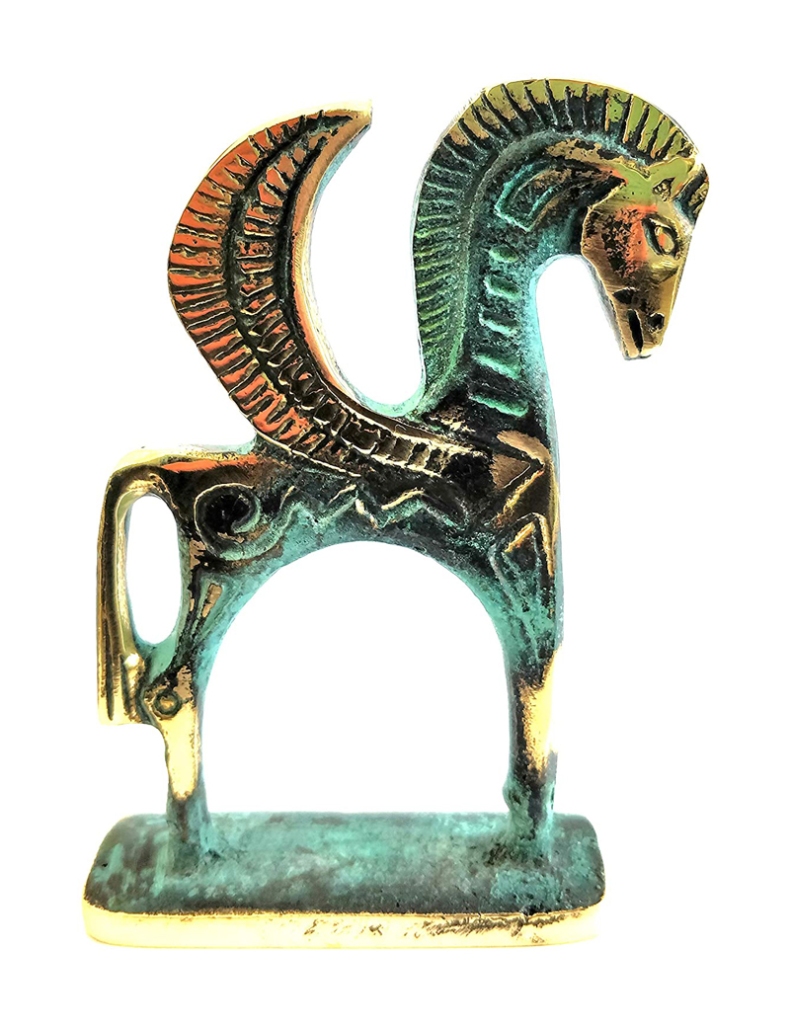



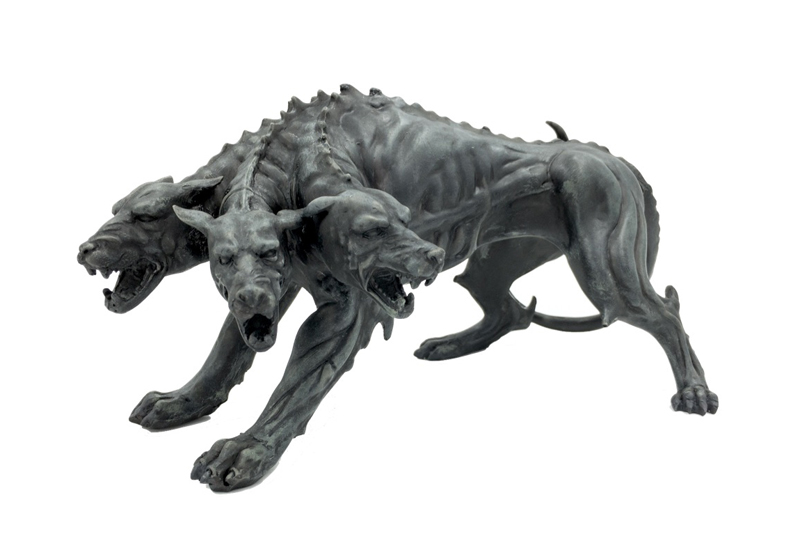


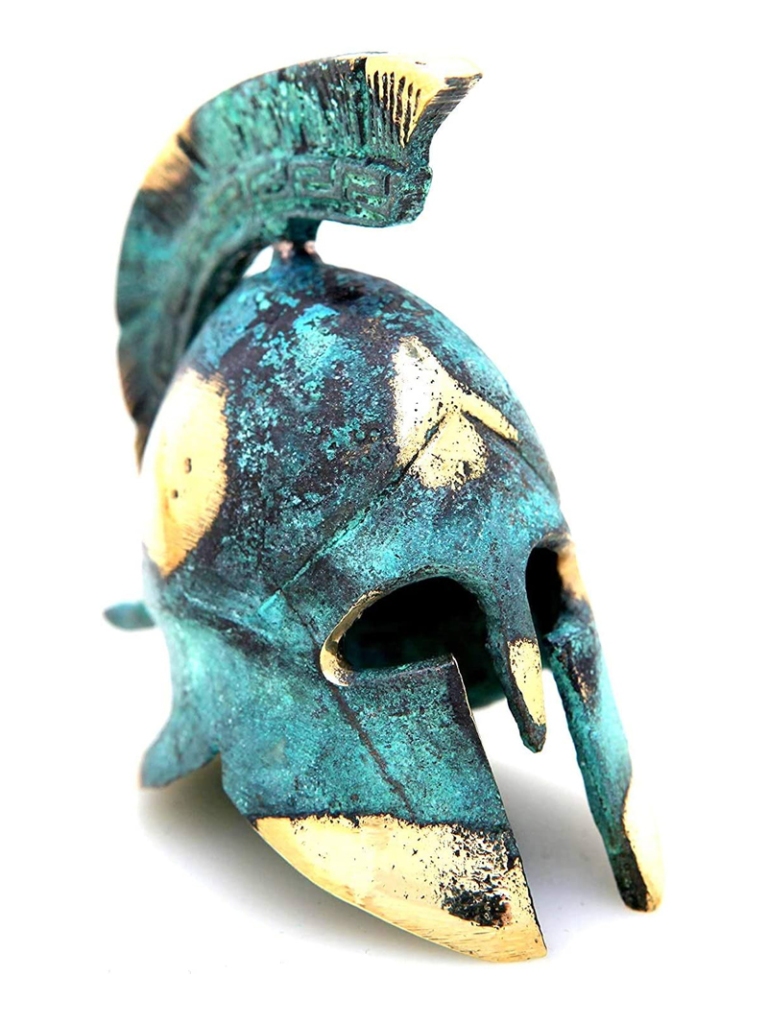
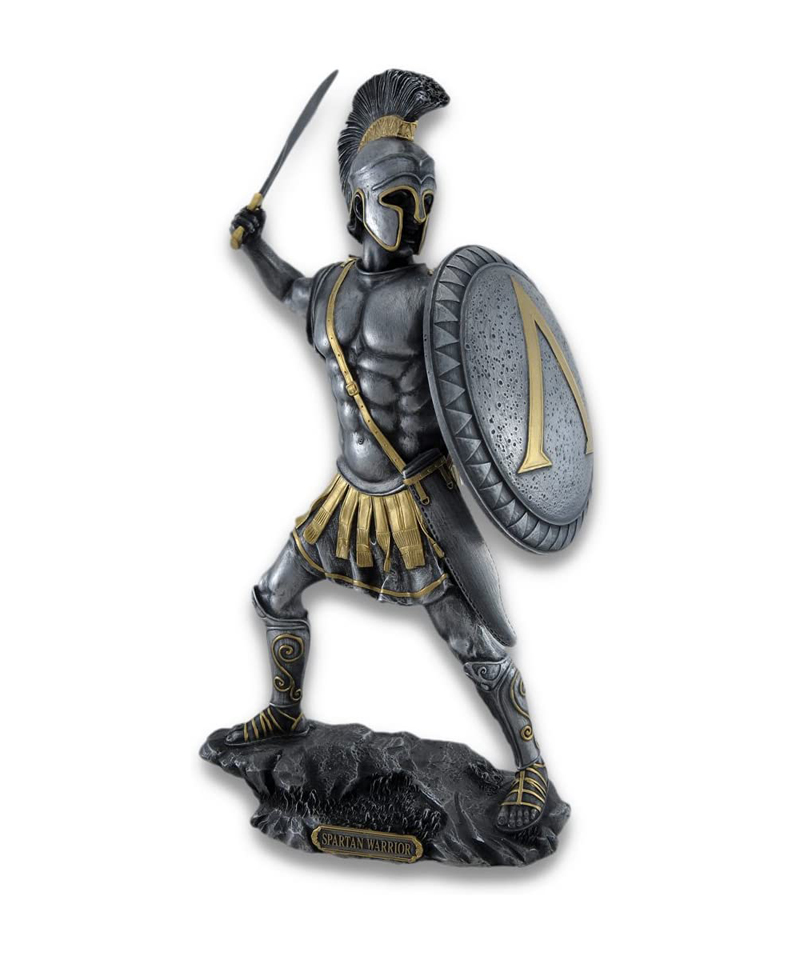
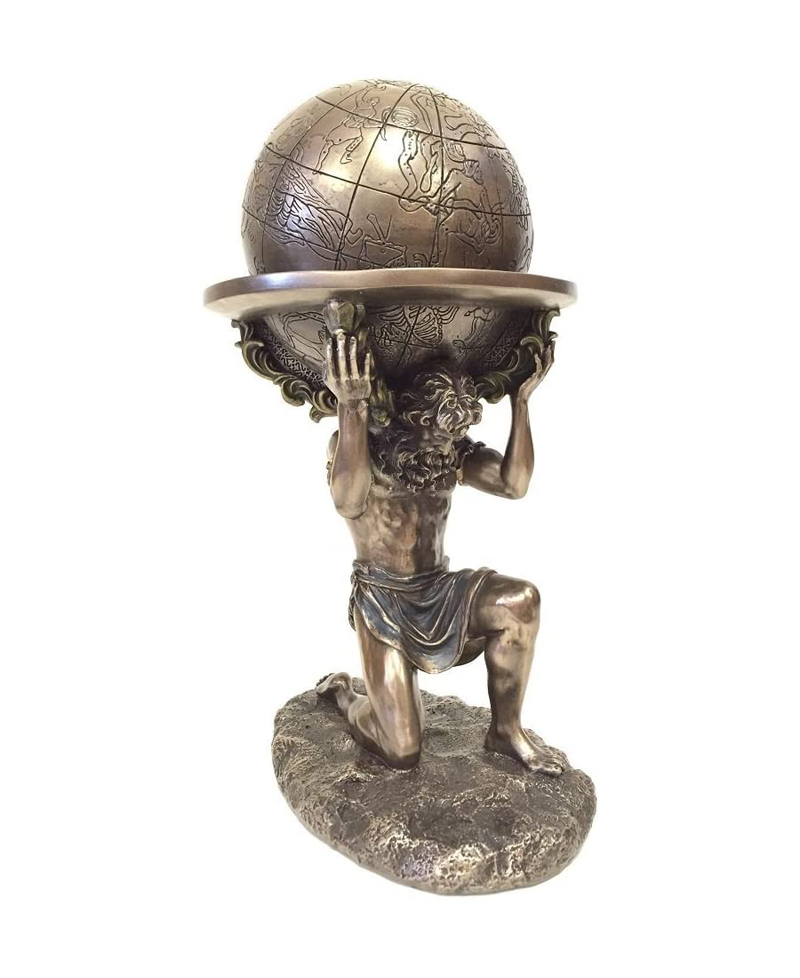

You must be logged in to post a comment.